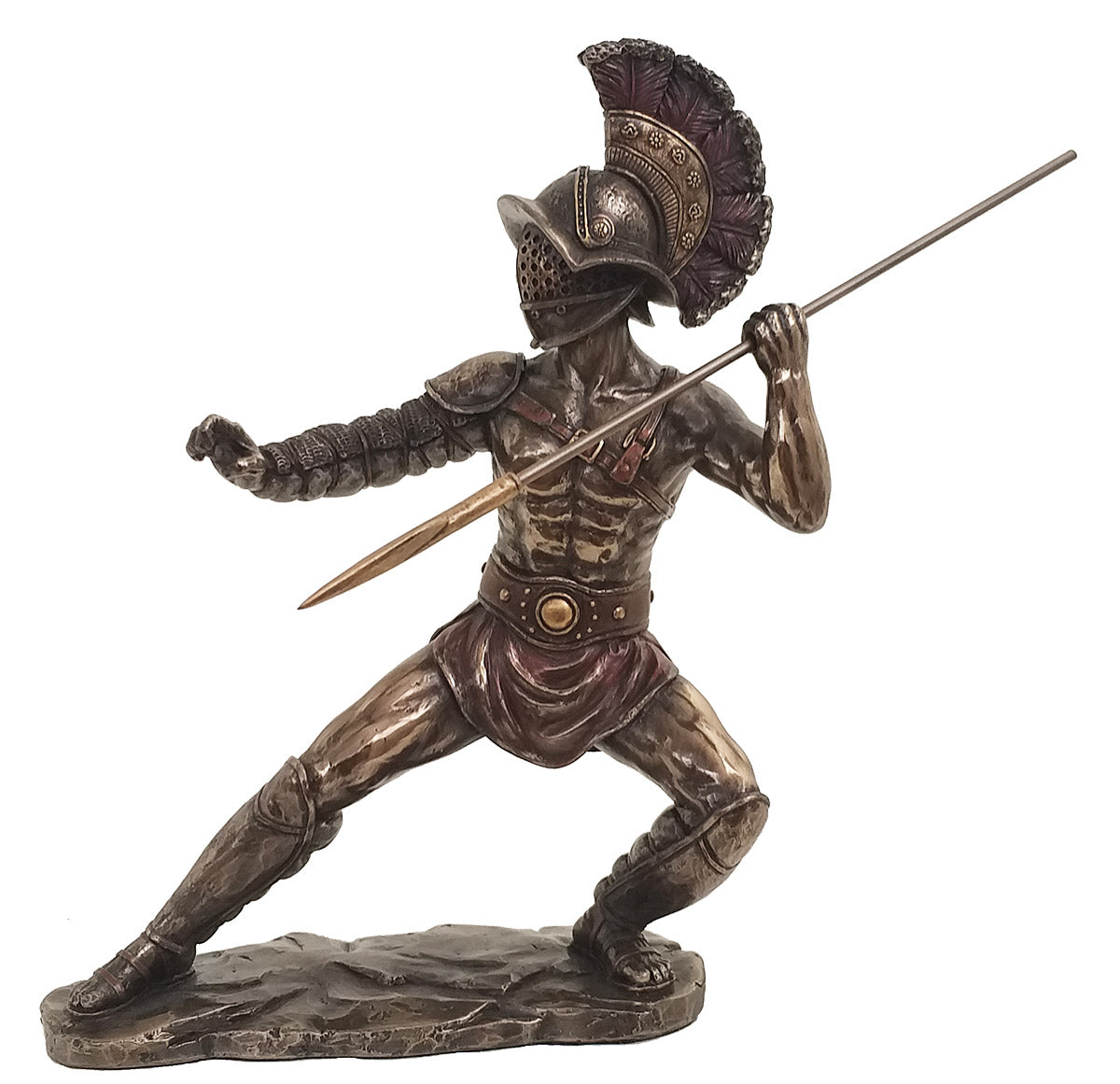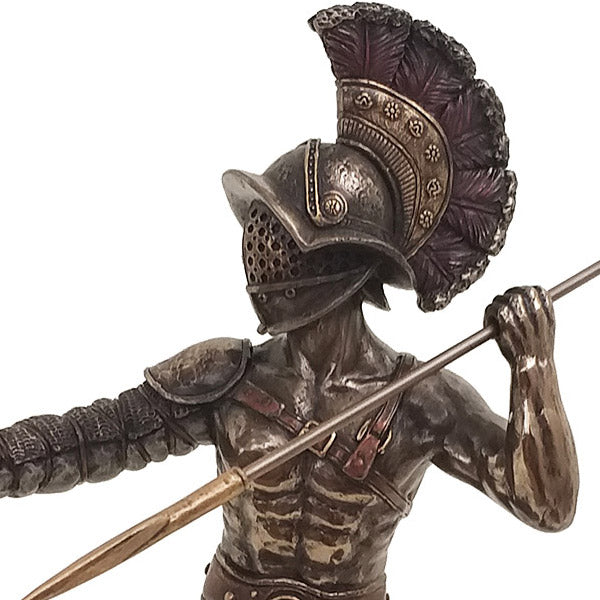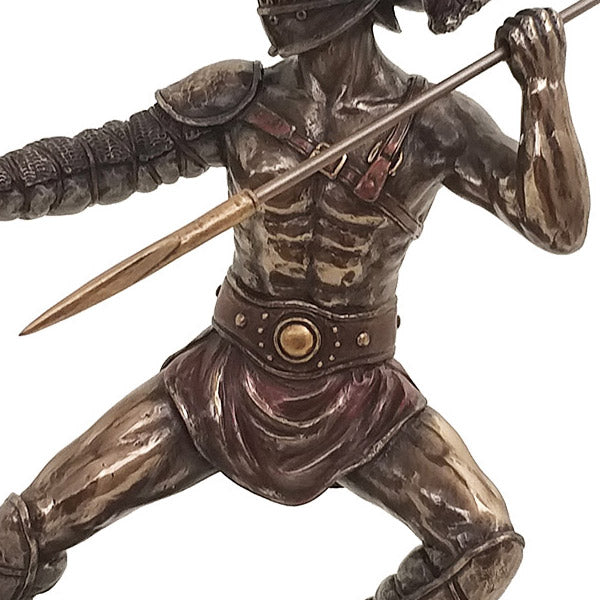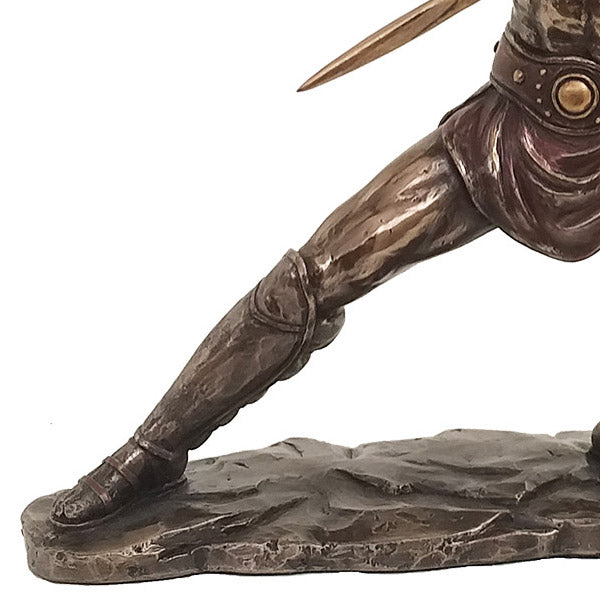Gladiator with spear
Gladiator with spear
Couldn't load pickup availability
SKU:X3L8K2V6T4H9
The bronzed resin statue, hand finished in every detail .
Height 26 cm Weight 1.5 Kg
Gladiators, a symbol of ancient Rome, played a significant role in public entertainment and Roman culture during the Empire. The history of gladiators dates back to the first centuries BC, when arena fighting was considered a martial art and form of entertainment. Over the centuries, this practice evolved, becoming a very popular event in the Roman world. Gladiators came from diverse social backgrounds and were often recruited from prisoners of war, slaves, or desperate people seeking gain or glory. They were subjected to rigorous training, going through specialized schools called "ludi" to learn fighting techniques and master the use of different weapons. In the arenas, gladiators fought among themselves or against wild beasts, in order to delight the public with shows of courage and dexterity. The ultimate goal of every gladiator was survival, as only the most skilled and lucky had the chance to leave the arena alive. The clothing and armor of the gladiators were peculiar and distinctive. Each type of gladiator had its own characteristic weapon and fighting style. The gladiator mentioned in the text holds a spear in his left hand, indicating that he may belong to the category of retiarii, a type of gladiator specialized in the use of a net and a trident. Arena matches were often elaborately staged, with a tangle of strategies and tactics aimed at creating an immersive experience for the audience. In addition to hand-to-hand combat, theatrical and symbolic elements were present to increase the dramatic atmosphere of the event. The Roman Empire boasted several famous arenas, including the Colosseum in Rome, which could accommodate tens of thousands of spectators. These places were steeped in history and culture, where the lives of gladiators were put on the line for the pleasure of the Roman public. However, not all gladiators were considered simple criminals or slaves. Some of them managed to earn a reputation and the favor of the public, becoming real popular heroes. They were admired for their courage, their skill and their endurance. Their names became famous and their glory extended beyond the confines of the arena. As the centuries passed, interest in gladiatorial games waned, partly due to the growing influence of Christianity and new moral sensibilities. In the 4th century AD, Emperor Theodosius I permanently banned gladiatorial games, putting an end to an era of combat spectacles that had fascinated and shocked the Roman people for centuries. Today, gladiators remain an iconic and fascinating figure in Roman history. Their exploits have been passed down through historical and artistic sources, and the image of the gladiator is often associated with strength, courage and the fight for survival.
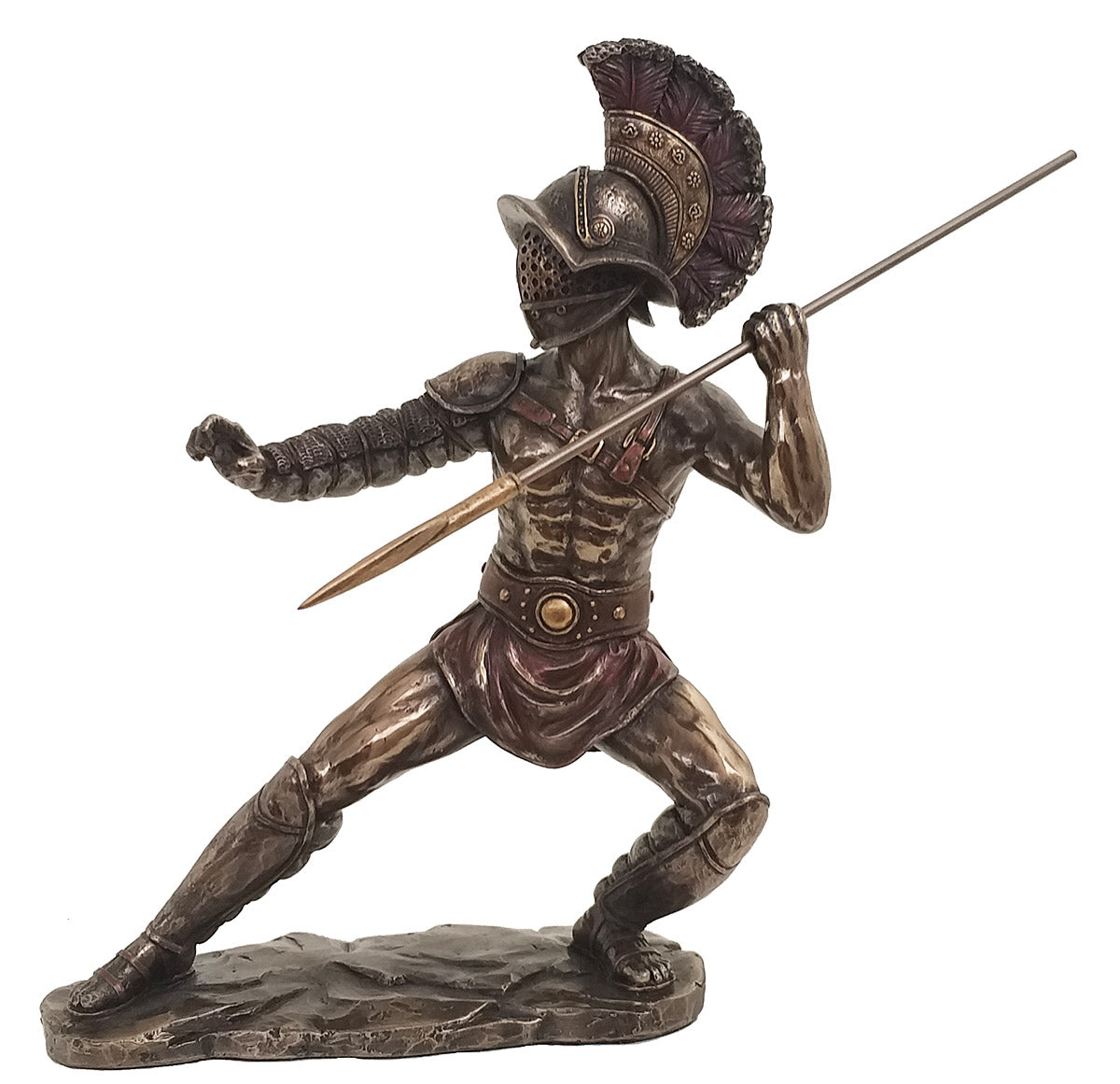
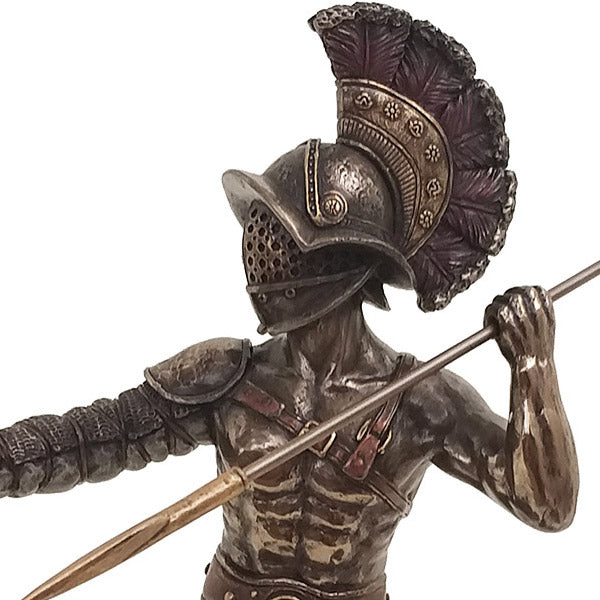
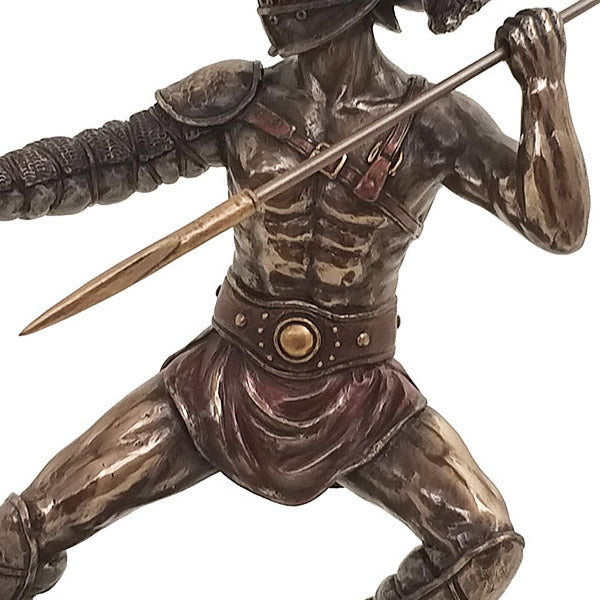
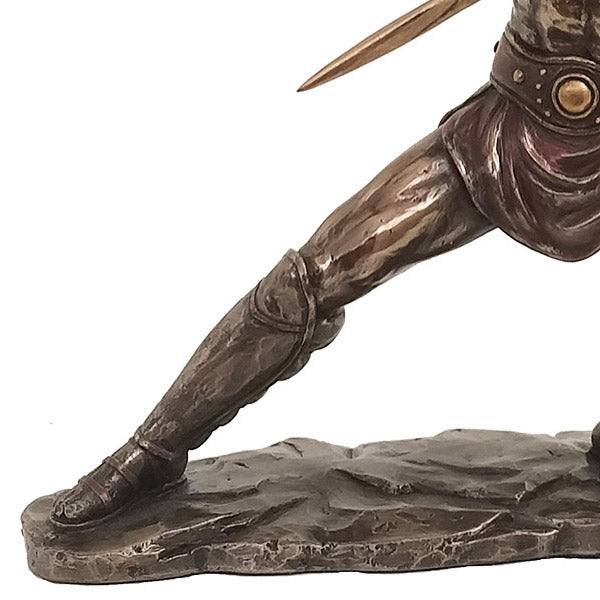
Scopri i pregiati materiali di Trizio Editore
Carta di Amalfi fatta a mano, cornice in legno di faggio e vetro museale. Guarda i particolari dei prodotti che renderanno la tua casa più elegante e preziosa.

